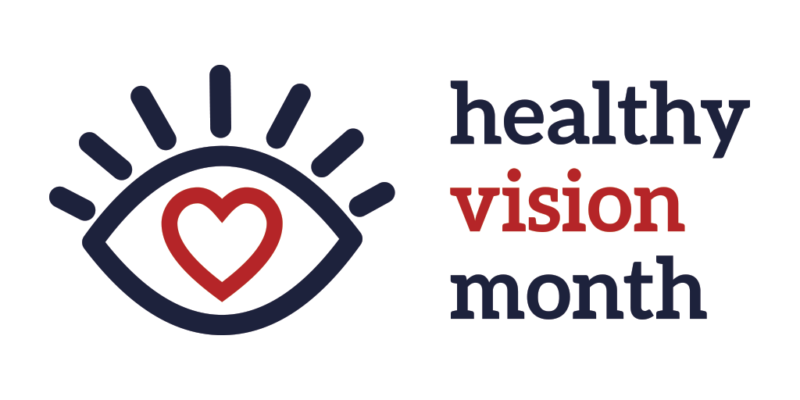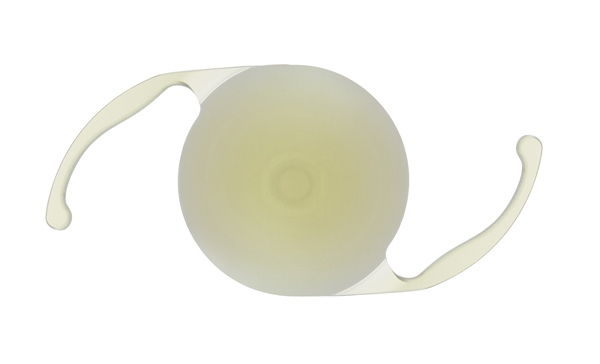You may be surprised to learn that many eye doctors offer aesthetic treatments like eye lifts, Botox and microneedling in addition to providing comprehensive eye care. If you are interested in aesthetic services there are reasons to consider having these cosmetic procedures done by an ophthalmologist. Below are reasons why you should book your next cosmetic treatment with Dr. Mark at Beyer Eye Associates.
Dr. Mark Beyer has specialized knowledge of the intricate muscles, nerves, and structures around the eyes. This specialized expertise allows him to expertly inject neuromodulators like Botox into delicate areas around the eyes and eyelids.
Dr. Mark Beyer is versed in eye related issues like dry eye, eyestrain, drooping eyelids, and wrinkles. He is familiar with concerns that may come up due to aging around the
eyes and the cosmetic treatments that could help achieve the desired cosmetic results.
Our valued patients trust our doctors for their comprehensive eye care and extending that trust for cosmetic enhancements provide the desired aesthetic results in a single convenient location.
We hope you consider Beyer Eye associates for your next Botox or microneedling treatment for your future cosmetic needs.
Visit beyereye.com to learn more or reach us by calling the Beyer Eye Associates location nearest you:
MERCERVILLE, NJ—609-586-0273
MILLSTONE, NJ—609-259-2221
NEWTOWN, PA—215-550-6136
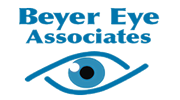
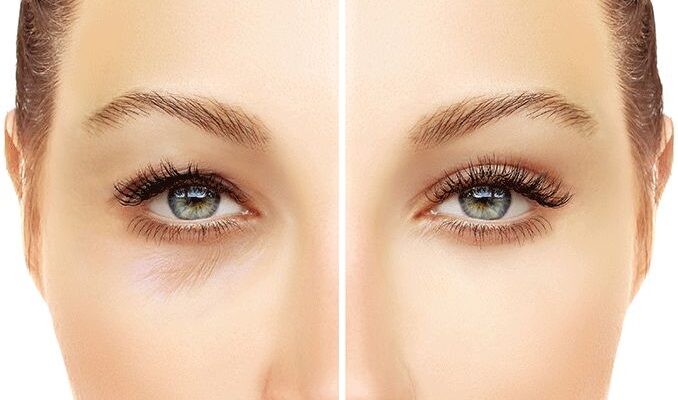
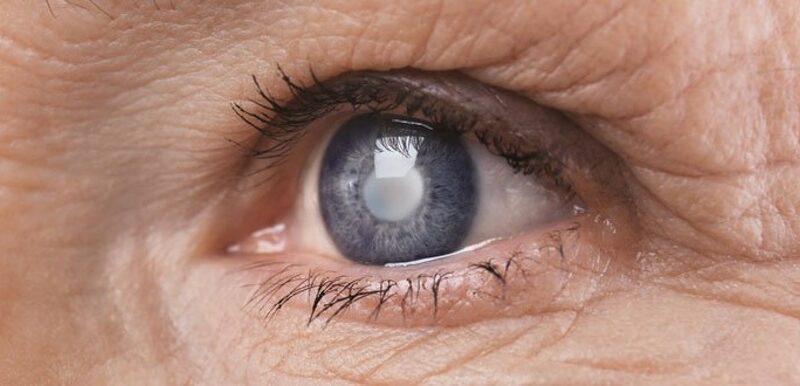
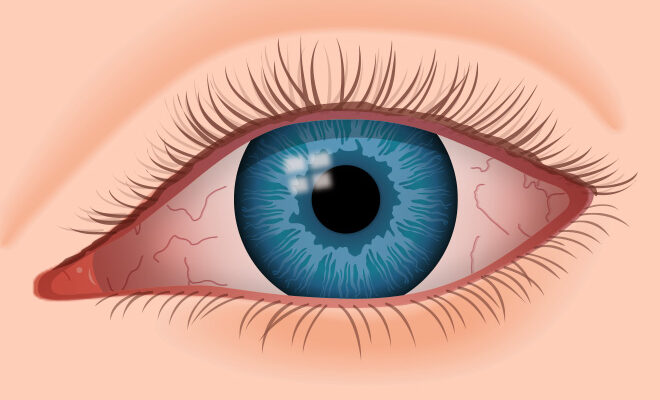
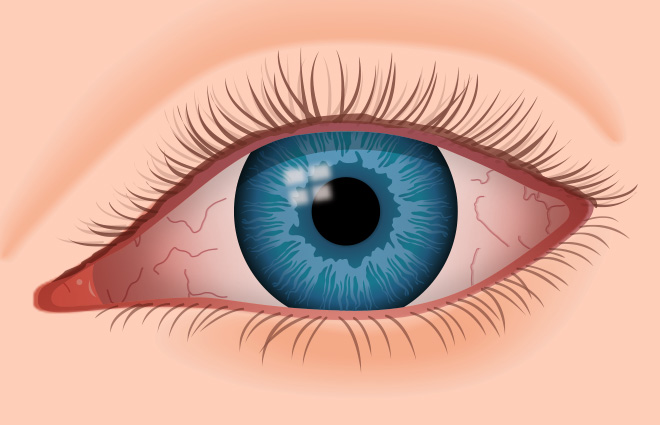 Dry Eye is a common disease that affects millions of Americans every year. It happens when your eyes don’t make enough healthy tears to stay lubricated. This can make you feel uncomfortable and can lead to vision problems.
Dry Eye is a common disease that affects millions of Americans every year. It happens when your eyes don’t make enough healthy tears to stay lubricated. This can make you feel uncomfortable and can lead to vision problems.
 This August, observe National Eye Exam Month by learning about ways to keep your vision clear and healthy. As we age, getting a baseline eye exam can detect early signs of disease or damage to your eyes. Ophthalmologists recommend periodic eye exams every 2-4 years from the ages of 40 to 65, and every 1-2 years after the age of 65. While most symptoms are often disregarded, getting a simple checkup and following a doctor’s orders can greatly lower risks of more severe and future damage, and you can continue to enjoy healthy vision.
This August, observe National Eye Exam Month by learning about ways to keep your vision clear and healthy. As we age, getting a baseline eye exam can detect early signs of disease or damage to your eyes. Ophthalmologists recommend periodic eye exams every 2-4 years from the ages of 40 to 65, and every 1-2 years after the age of 65. While most symptoms are often disregarded, getting a simple checkup and following a doctor’s orders can greatly lower risks of more severe and future damage, and you can continue to enjoy healthy vision. Risk factors are typically:
Risk factors are typically:

